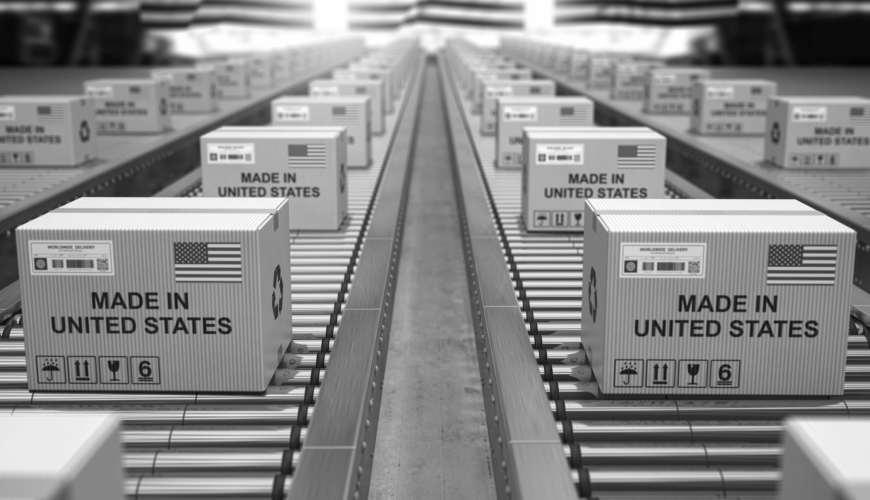The Fourth of July is a time of celebration for many, but behind the scenes, it creates a flurry of operational activity across supply chains and warehouse networks. As fireworks light up the sky, logistics professionals are working hard to keep products moving, facilities staffed, and inventory flowing during one of the most dynamic periods of the summer.
At OPSdesign, we work with clients to prepare for the ripple effects that holidays like Independence Day have on their distribution infrastructure. Here’s how the Fourth impacts operations—and how smart planning can turn disruption into opportunity.
Seasonal Demand Surge
Leading up to the holiday, retailers and foodservice operators experience sharp increases in demand for specific product categories. Items like grilling meats, beverages, outdoor goods, and patriotic-themed merchandise must be forecasted, staged, and shipped well in advance.
Warehouses and fulfillment centers face compressed timelines and high SKU turnover, with minimal margin for error. Accurate demand planning and tight coordination across inventory, transportation, and store operations are essential to avoiding both shortages and costly overstocks.
Transportation Disruptions
The Fourth of July often brings modified carrier schedules, service disruptions, and road congestion due to public events and increased weekend travel. These disruptions affect both inbound and outbound transportation, making timing unpredictable, especially for time-sensitive or perishable goods.
Shippers must plan around reduced availability and build in buffer time or alternative routing options to protect against delays. Real-time visibility tools and strong 3PL coordination are especially valuable during this period.
Labor and Staffing Challenges
Warehouse and transportation teams often face workforce shortages during the holiday week, as employees take time off and seasonal labor becomes harder to source. These constraints hit just as throughput volumes are peaking.
Organizations can mitigate the impact by offering shift incentives, cross-training staff, and automating repetitive tasks where possible. Proactive labor planning—based on historical trends and order profiles—can help maintain service levels even with lean staffing.
Cold Chain Considerations
Hot summer temperatures combined with high demand for fresh food elevate the stakes for cold chain operations. From meat and dairy to produce and frozen goods, maintaining product integrity requires precise handling and fast turnaround.
Distribution networks must be designed to minimize dwell time and ensure temperature control at every touchpoint. For food & beverage clients, real-time temperature tracking and contingency routing are no longer optional—they’re standard operating requirements.
Post-Holiday Returns and Inventory Recovery
While not as dramatic as post-Black Friday, the days after July 4th bring a notable rise in returns and markdowns, especially on seasonal or dated merchandise. Fireworks, flags, holiday apparel, and other themed goods must be quickly processed or repurposed.
An efficient reverse logistics strategy helps businesses recover value, clear space, and manage unsold inventory with minimal waste. For food-related products, waste mitigation strategies like donations, repackaging, or secondary market sales can help reduce losses.
Strategic Mid-Year Benchmarking
The Fourth of July also marks an important mid-year milestone. It offers supply chain leaders a chance to evaluate how well their operations are performing under pressure, just in time to refine strategies for the back-to-school and holiday seasons ahead.
At OPSdesign, we often support clients during this period with operational audits, facility assessments, and future-state design plans—ensuring that systems and processes are built for what’s coming next, not just what’s happening now.
Planning for Peak Performance Year-Round
The Fourth of July may only last 24 hours, but its impact on supply chain and warehousing operations spans weeks. With the right planning, tools, and infrastructure, businesses can meet the moment with confidence, serving customers, minimizing disruption, and setting the tone for the remainder of the year.
OPSdesign specializes in creating supply chain solutions that perform under pressure, from high-volume holiday peaks to everyday operations. Whether you’re building for growth, automation, or seasonal resilience, our team is ready to help you design what’s next.


